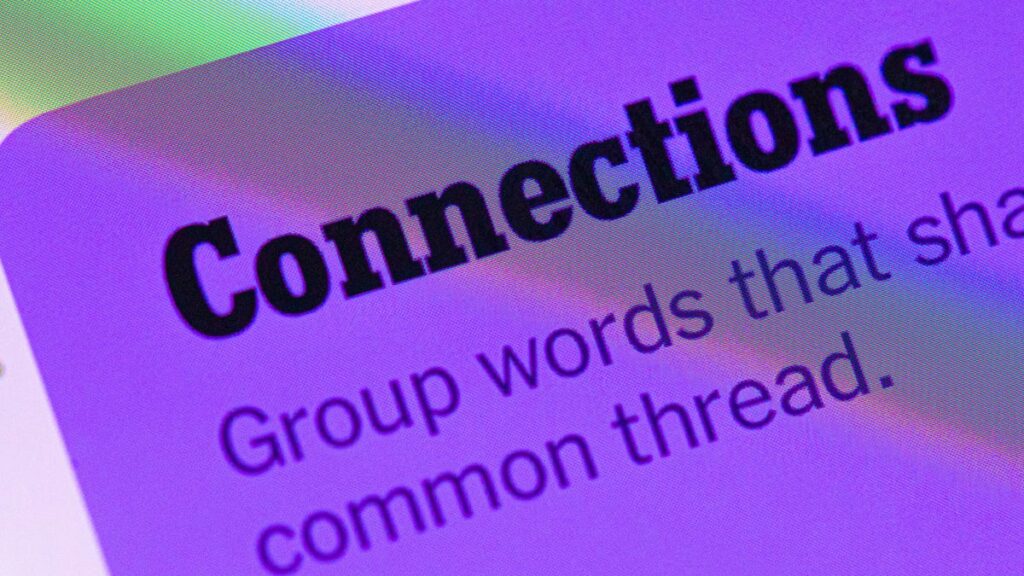
For puzzle enthusiasts seeking the latest solutions, today’s New York Times Connections puzzle presents a unique challenge. As players dive into the intricacies of the puzzle dated June 18, 2025, #738, they will encounter categories that range from straightforward to perplexing. The blue and purple categories, in particular, are proving to be a tough nut to crack.
The New York Times has introduced a Connections Bot, akin to the popular Wordle Bot, which provides players with a numeric score and analyzes their answers. This feature allows registered users to track their progress meticulously, including metrics such as the number of puzzles completed, win rate, perfect scores, and ongoing win streaks.
Hints for Today’s Connections Puzzle
To aid players in navigating today’s puzzle, here are some hints categorized by difficulty, from the easiest yellow group to the challenging purple group:
- Yellow group hint: Seattle knows this well.
- Green group hint: Bullseye!
- Blue group hint: Certain kind of self-contained unit.
- Purple group hint: Anatomy, plus an add-on to the word.
Answers for Today’s Connections Puzzle
For those who have puzzled over today’s Connections, here are the answers:
The Yellow Words
The theme revolves around the qualities of a rainy day. The answers are: cold, gray, wet, and windy.
The Green Words
The theme is squarely. The answers include: dead, exactly, right, and smack.
The Blue Words
The theme is contents of a pod. The answers are: astronaut, coffee, pea, and whale.
The Purple Words
The theme involves body part plus a starting letter. The answers are: barm, lear, rankle, and ship.
Barm = arm
Lear = ear
Rankle = ankle
Ship = hip
Understanding the Puzzle’s Complexity
The Connections puzzle is part of a broader trend in gaming that emphasizes pattern recognition and lateral thinking. As players engage with these puzzles, they not only challenge their vocabulary but also their ability to see connections between seemingly unrelated words. This cognitive exercise is akin to the mental gymnastics required in classic games like Scrabble and modern phenomena like Wordle.
Experts in cognitive science suggest that such puzzles can enhance mental agility and improve problem-solving skills. “Engaging with puzzles like Connections can stimulate the brain’s neural pathways,” says Dr. Emily Carter, a cognitive psychologist. “They encourage players to think outside the box, which can be beneficial in both personal and professional contexts.”
Historical Parallels and Future Implications
The rise of word puzzles in digital formats parallels the historical popularity of crosswords in the early 20th century. Just as crosswords became a staple of newspapers, digital puzzles like Connections are becoming integral to online gaming platforms. This shift reflects broader changes in how people consume media and engage with leisure activities.
Looking ahead, the integration of AI and machine learning in puzzle games could lead to more personalized gaming experiences. The Connections Bot is an early example of this trend, offering tailored feedback and insights to players. As technology advances, we can expect even more sophisticated tools that enhance the gaming experience.
For puzzle enthusiasts, these developments promise a future where games are not only entertaining but also intellectually enriching. As players continue to tackle the challenges posed by puzzles like Connections, they contribute to a growing community of thinkers and problem-solvers.
Meanwhile, as the popularity of such puzzles grows, the New York Times and other platforms will likely expand their offerings, providing even more opportunities for players to test their wits and enjoy the thrill of discovery.






